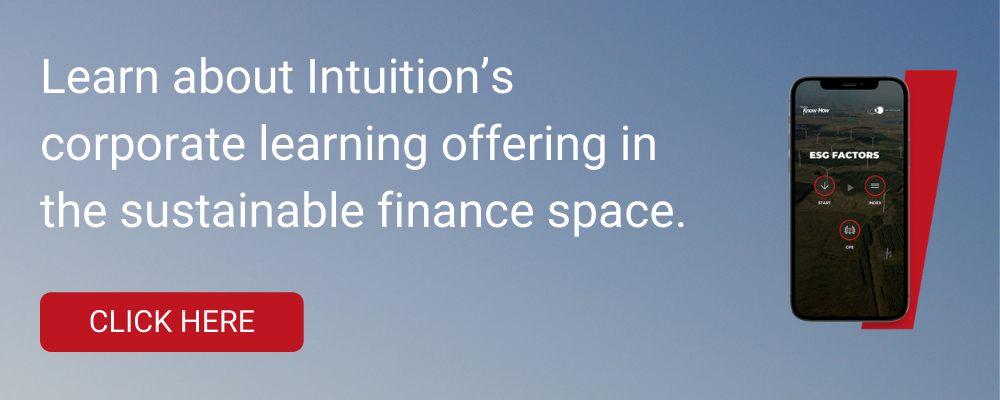What is Climate Risk?
Definition, Measurement, and Regulations and Guidelines
To understand climate risk, it is first necessary to understand what is happening to the global climate.
With very few exceptions, climate scientists agree that the emission of greenhouse gases into the atmosphere is warming our planet.
According to the United Nations body for assessing the science related to climate change, the International Panel on Climate Change, human activity has already caused temperatures to rise one degree Celsius above pre-industrial levels.
This has led to an increase in the frequency and severity of extreme weather events such as floods, storms, fires, and droughts.
In addition, rainfall patterns, average temperatures, and other aspects of the climate are changing, which may soon make some areas unsuitable for human habitation or food production.
The changing climate will also impact human and animal health.
These impacts will differ across geographies.
If left unchecked, rising temperatures will further increase the frequency and strength of extreme weather events and exacerbate the damaging effects of changing weather patterns.
In response to these challenges, societies are engaging in climate change mitigation and adaptation efforts.
Climate change mitigation refers to actions taken to reduce or slow down greenhouse gas emissions and/or improve the carbon sinks that sequester these gases, such as forests.
Mitigation can include measures such as shifting to renewable energy, developing sustainable transport, or retrofitting buildings to improve their energy efficiency.
Climate change adaptation refers to actions that improve resilience to climate change and reduce vulnerabilities to changing weather patterns or rising sea levels.
Adaptation measures include protecting shorelines from flooding or developing drought-resistant crops.
By mitigating climate change and adapting our societies to deal with its effects, it is hoped that we can build a sustainable future for all.

Climate Metrics and Analysis Tools
If we are to successfully identify, manage, and mitigate the impacts of climate change, we must first be able to measure them. However, there are important caveats and limitations to our ability to measure these impacts.
First, climate-related metrics have different levels of sophistication and often build upon one another through successive innovation waves. For example, to estimate the transition risk a company is exposed to through the rise in carbon taxes, we need to first estimate the company’s carbon footprint.
Second, climate-related metrics are simply tools. Like any tools, there are pros and cons to the use of different metrics – none are inherently good or bad; their value depends on what we do with them. It is, therefore, essential that – to use them appropriately – financial institutions must understand how these metrics are calculated and constructed.
Third, it is important to distinguish between the impact of climate change on investments and the impact of investments on climate change. Some metrics are more suited to capture one or the other.
Fourth, most climate change management strategies focus on managing transition risks – far fewer integrate adaptation to physical risk (although this is rapidly changing). This affects the types of measures that are traditionally available.
Finally, investors use these metrics – either alone or in combination – to build climate-related investment products. To understand these products, therefore, financial professionals must understand the metrics used to design them.

Regulations and Guidelines
There are various frameworks addressing climate risk, including its definition and measurement, and strategies for its management. Many of these frameworks are voluntary – however, governments are increasingly developing formal rules and regulations in the area.
The purpose of these frameworks is to standardize approaches to climate risk and help companies integrate climate risk considerations into their decision-making and strategies more easily.
One example is the Task Force on Climate-Related Disclosures, or TCFD.
The TCFD was established by the Financial Stability Board in 2015 to promote more effective disclosure on climate-related risks, with the ultimate objective of supporting informed decisions on capital allocation and financial stability.


